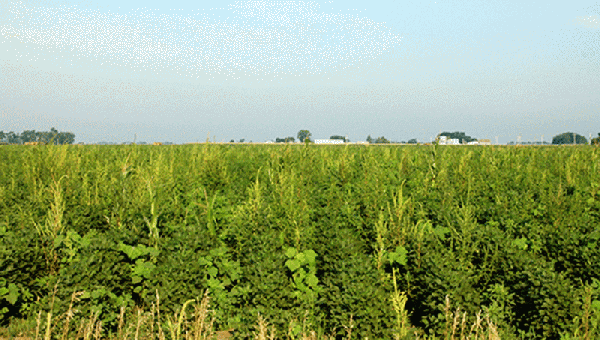
During the meeting season, we in the ag media get to hear from a lot of specialists in a lot of fields about what happened last year, what’s expected this year, and the many issues related to crops, inputs, management, prices, you-name-it.
However informative all that may be, it’s equally interesting to listen to producers, agribusiness reps, consultants, and others during coffee break conversations. Such was the case at last week’s annual meeting of the Mississippi Agricultural Consultants Association at Mississippi State University.
As in any winter meeting, there was talk of acreages this year. How much more, or less, of a particular crop will be planted in Mississippi is pretty much anybody’s guess, they agreed, and given the usual caveats of weather/planting season problems, the hallway sentiment was that the state’s growers will plant more cotton, more rice, more corn, less soybeans, and perhaps more grain sorghum.
At current prices and production costs, and despite two years of record yields, talk was there’s no way to pencil a profit with soybeans, even high yield beans. There was considerable speculation about higher corn prices — $6 was mentioned; wishful thinking, perhaps? — and a lot more acres of that crop. Availability is already tight on seed for some of the more corn popular varieties, it was noted. And even though cotton was trading at just 61 cents that day, everyone seemed to think there would be a bump upward in acreage from last year’s ultra-low level. How much? Again, anybody’s guess, but it was said high yields will be needed in order to show a profit.

Herbicide-resistant pigweed continues to be a challenge for Mid-South farmers.
Herbicide-resistant pigweed continues to be a challenge for Mid-South farmers.The talk was that rice growers are poised to substantially increase plantings, perhaps pushing the total over 200,000 acres, compared to just under 145,000 last year.
While the talk of crop acres involved a lot of conjecture, the prevailing sentiment was that Mississippi growers will be scrutinizing every item in their budgets to see where cuts can be made. The worry is that some cuts, particularly for fertilizers, could be to the detriment of the crops involved.
Other concerns: everyone’s bugaboo — glyphosate-resistant pigweed and the increasing reports of confirmed resistance to PPO herbicides — and speculation about the impact of the announcements of ChemChina to buy Syngenta for a whopping $43 billion.
About the Author(s)
You May Also Like




